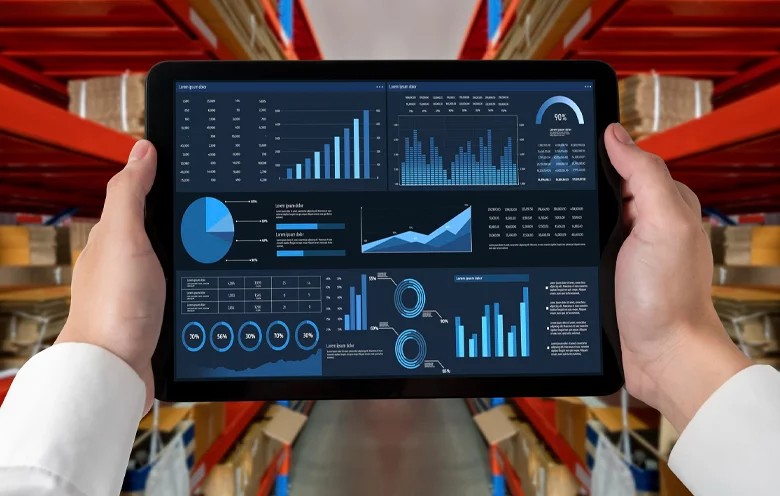
Global supply networks suffer ongoing disruptions in an era of rising volatility, complexity, and interconnectedness. Supply chain risk management has been exacerbated by geopolitical unrest, natural disaster-induced by climate change, pandemics, and cyberattacks. These dynamic and surprising hazards are causing conventional risk management strategies using historical data and reactive responses to fail. Here, big data’s transformative power is very vital. Using the vast amounts, speed, and variety of data produced across supply chain ecosystems, businesses can go from reactive damage management to proactive risk reduction, building agile and resilient supply networks able to withstand any storm. Big data analytics is changing supply chain risk management, allowing visibility, predictive tools, and resilience in uncertain times.
Evolution of Supply Chain Risk: negotiating uncertainty and complexity
The contemporary supply chain includes numerous players and spans continents. While lowering cost and boosting efficiency, globalization has raised risks and dependence. Supply chain risk now covers a wide spectrum of hazards instead of limited events. For Leveraging Big Data for Risk Management it works fine.
Sanctions, political unrest in key sourcing sites, and trade disputes may all affect material availability and drive up costs. Natural disasters brought on by climate change are aggravating infrastructure damage, manufacturing disturbance, and logistical issues. Demand and supply linkages may be disrupted by economic events such inflation, changes in value of currencies, recession, and black swan events. Attacks on supply chains might jeopardize critical data and disrupt operations as digital technologies extend throughout society. At last, operational hazards like supplier breakdowns, quality problems, and logistical bottlenecks need for constant monitoring.
Unlock Big Data: Changing Risk Management
With its volume, speed, variety, veracity, and value—the 5Vs—big data alters how companies evaluate and control supply chain risk. Instead of historical images, it offers a dynamic, all-encompassing view of the surroundings.
By using these features, big data analytics transforms supply chain risk management into predictive and proactive tool. It helps businesses see risks and implement proactive actions to lessen them. This paradigm shift is necessary to create strong supply networks capable of surviving in the volatile environment of today.
Advanced analytics for prediction of disruption and risk identification
Big data is strong in supply chain risk management because of its proactive risk detecting and predictive powers. Advanced analytics using artificial intelligence and machine learning might expose latent patterns, identify early warning signals, and project probable disruptions before they affect business operations.
Predictive capabilities allow companies to move from reactive crisis management to proactive risk reduction. To be ready for disruptions, businesses could vary suppliers, keep buffer stocks, adjust manufacturing plans, and reroute goods. This preventive approach reduces supply chain resilience, reactive costs, and disruptions.
Improving Visibility and Transparency: Network Resilience Data-Driven Insights
Good control of supply chains calls for openness and visibility. Big data analytics provides companies almost real-time visibility throughout the supply chain network to monitor products, evaluate supplier performance, and understand information flow. Visibility accelerates and guides disruptive event decisions.
Transparency and visibility help to increase supply chain communication and collaboration. By means of data exchange, suppliers and logistics partners may coordinate disruption response. Big data analytics technologies help to allow this cooperative strategy that accelerates recovery, lowers disturbance impact, and increases supply chain resilience. Big data makes opaque and fractured supply chains visible, connected networks capable of managing uncertainty.







